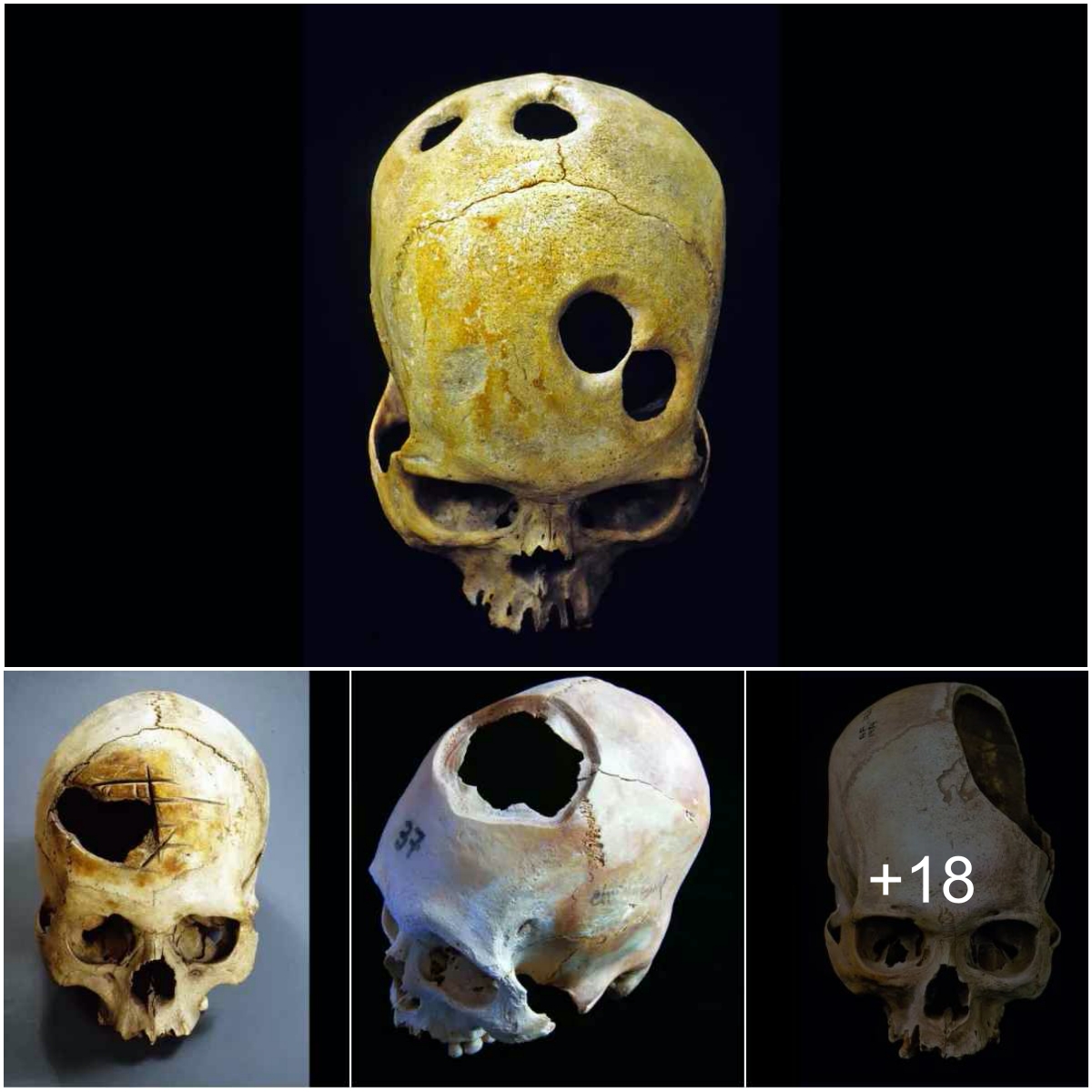
Long, long ago, the ancient Egyptian sun god Re grew angry with humanity. Seeking to punish them for their crimes, Re sent his lion-headed daughter Sakhmet to put them in their place. She was so violent in her quest for vengeance, however, that Re soon realized he had made a mistake. In an attempt to pacify his ferocious child, the elder deity plied her with red beer, a soporific substitute for the blood she craved. Satisfied at last, Sakhmet curled up and fell asleep, the angry lioness becoming a peaceful cat.
Fittingly, a bust of Sakhmet is the first object that greets visitors as they enter “Divine Felines: Cats of Ancient Egypt,” an exhibition of Egyptian cat art opening October 14 at the Smithsonian’s Arthur M. Sackler Gallery in Washington, D.C. Dating back more than 3,000 years to the New Kingdom era, this granodiorite carving is one of hundreds commissioned by Amenhotep III. It bears the weight of the intervening centuries—the sun disk that once adorned her head has mostly fallen away, for example—but it’s impossible to miss the care that Egyptian sculptures brought to it: Delicate whiskers radiate from her mouth, and the texture of her ears suggests silken fur.
Almost every artifact in Divine Felines, from chair legs to games pieces, and from tiny amulets to massive sculptures, suggests a similar degree of loving fascination. Here, the show, which originated at the Brooklyn museum—has been organized to dramatize and demonstrate the various meanings that the people of Egypt once associated with cats. As the museum’s curatorial fellow Antonietta Catanzariti explains, it’s a mistake to imagine that the Egyptians worshipped cats. Instead, the connection between felinity and divinity derived from a careful observation of the way these animals comported themselves.
“What they were [actually] doing was associating cats to specific deities because of their attitude, how they were behaving in the natural world,” Catanzariti says. “Everything had a meaning. A cat protecting the house from mice. Or it might just protect kittens. These were attitudes that were attributed to a specific goddess.” An icon of the motherhood goddess Bastet in her cat form, for example, can be found on a lotus column in one room of the exhibition. Beside it, visitors will see a small statue of a cat with kittens, inscribed with a request to Bastet herself.

/

/

/

/

/

/

/

/

/

/

/

/

/

/
Where the Sakhmet bust ably captures the dual nature of cats, many of these other objects evoke more specific qualities. Lions sometimes, for example, served a symbolic function in the iconography of the nobility. A sculpture of one in repose—as seen in the “Cats and Kings” portion of the exhibit—might indicate that the king was secure in his rule and capable of holding chaos at bay. In another room, visitors will find the wooden coffin of princess Mayet, whose name translates, Catanzariti told me, to “Kitty.” Elsewhere, they’ll see a scarab issued by the Sakhmet-admiring Amenhotep III to commemorate one of his many lion hunts.
Then there’s the god Bes, who shows up in several of the artifacts on display. Though he’s typically shown as a squat, dwarf-like figure with muscular legs, Bes’ jovial features sometimes take on a more feline cast. Known as a protector of children, Bes was, Catanzariti says, “a god that didn’t have its own temple. It was found everywhere. In domestic contexts. In houses.” Bes was, in other words, not unlike a cat—wandering freely in and through the world, making a home wherever humans were. Here, he can be found on amulets, seen in the details on a “magic knife,” and more. Those objects sit side-by-side with many dedicated to other deities, including a striking “striding sphinx” with features that identify it as Tutu, the protective god of fortune and fate.
In some cases, recognizing the connection between a cat object and a particular divinity requires a trained eye—or, at least, knowledge of the object’s provenance. Sometimes, Catanzariti says, it’s a question of where the icon was found—say in a temple dedicated to Bastet. In other cases, subtle details such as the eye of Horus provide additional clues. But even those who don’t know what they’re looking for would do well to look closely. The smallest amulets are often highly detailed, revealing the astonishing level of realism that ancient artisans often brought to their work.
There are also a handful of other, more eccentric objects on display in the collection. Most striking of all is likely a well-preserved cat mummy. Ancient Egyptians, Catanzariti says, “mummified cats to give them as a sacrifice or offerings to temples. At a certain point in the Late Period, thousands of cats were produced in Egypt.” Indeed, these relics were so common that the British began exporting them to use them as fertilizer—once bringing over 180,000 in a single shipment.
But if the British were careless with these objects, the Sackler’s take on Divine Felines helps restore them to their original prominence. Here we see cats as the Egyptians themselves must have: Not unlike Sakhmet herself, they are sometimes ornery and sometimes sweet, but all the more fascinatingly loveable for their idiosyncrasies.





